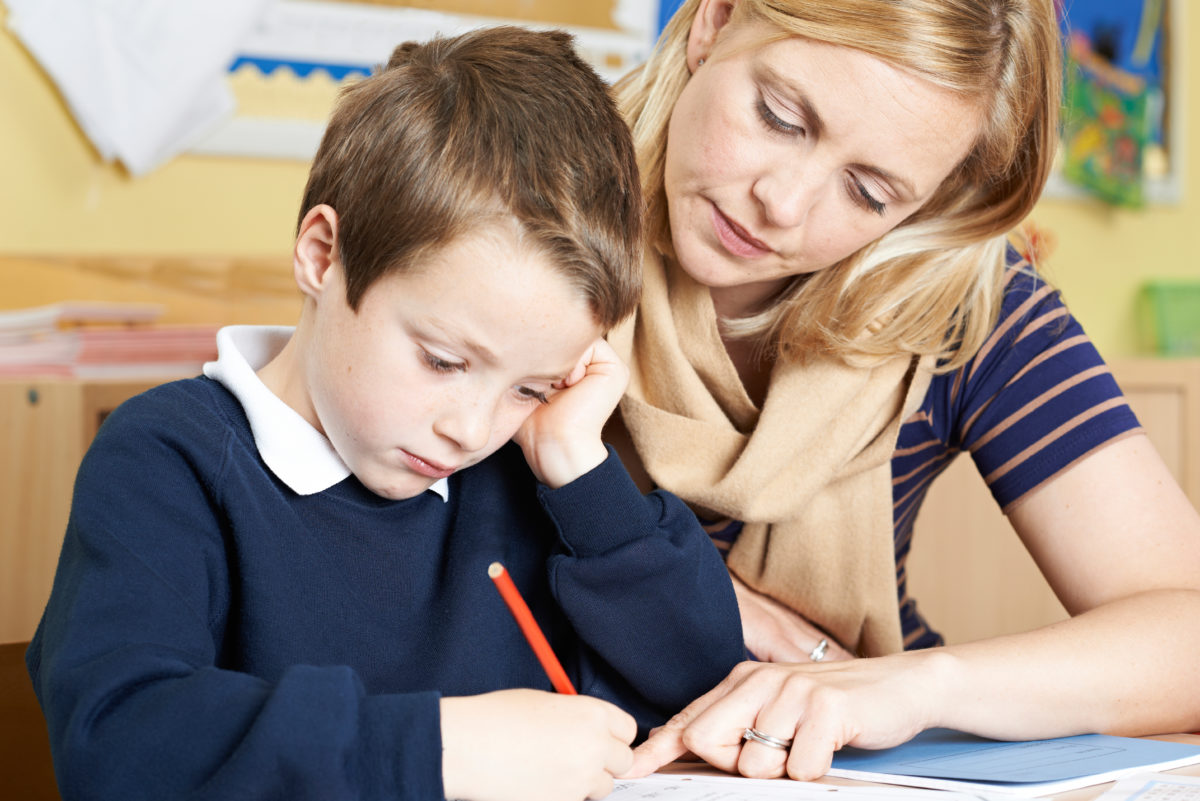The Bottom Line School Choice Can Catch Students Back Up
Originally published at Washington ExaminerThe recent release of the 2022 National Assessment of Educational Progress exam score reveals the largest decline since the assessment was launched in 1990. While it was anticipated that student scores would slide after months of school closures and slapdash efforts at remote learning, the depth of the crisis is greater than many in the education establishment want to acknowledge.
Math scores decreased on average by 5 points for fourth-grade students and 8 points for eighth-grade students. Sixty-four percent of fourth-grade students and 73% of eighth-grade students failed to score proficient in math. Reading scores, on average, dropped 3 points for fourth-grade students and 3 points for eighth-grade students. Sixty-six percent of fourth-grade students and 69% of eighth-grade students were below proficient in reading — a basic skill foundational for all other academic learning.
There are all sorts of principled reasons to object to K-12 public schools’ increasing emphasis on ‘equity,’ the implementation of Critical Race Theory, the rise of social-emotional learning, and the institutionalization of gender ideology. But setting aside those arguments, the simple fact is that none of these agendas contribute to academic proficiency. A responsible education establishment would recognize that they simply don’t have time for any of it.
Unfortunately, even as schools were shut down, major education organizations were swept up in the post George Floyd so-called “racial reckoning.” Rather than create plans to catch kids up, many professional associations instead swore their fealty to “anti-racism” or declared their support for “culturally responsive” pedagogy. Teachers’ unions effectively shook the federal government down for over $200 billion in money that wasn’t really needed to re-open schools – money that school districts appear to be at a loss for how to spend constructively.
64% of 4th grade students and 73% of 8th grade students failed to score proficient in math.
66% of 4th grade students and 69% of 8th grade students were below proficient in reading — a basic skill foundational for all other academic learning.
Keri D. Ingraham & Max Eden
We’re at risk of losing a generation of students when it comes to academic skills, and yet concerted efforts to catch students up are few and far between.
There are some exceptions. Tennessee, for example, is moving to invest heavily in student tutoring. The TN ALL Corps tutoring program is the largest in the country. It is based on high-dosage tutoring with “one to three students maximum for 30 to 45 minutes, two to three times per week.” There are multiple components, including grants to school districts, partnerships with local community organizations, direct allocation in the form of microgrants to low-income families, and free online tutoring for high school students.
Arizona plans to offer widespread summer school — referred to as summer camp and including an element of adventure — again in 2023 to provide students with the needed extra time and instruction outside the traditional school calendar to compensate for the lost ground. The state applied $100 million of its COVID-19 funding from the American Rescue Plan to provide 685 camps throughout each of Arizona’s 15 countries, reaching more than 70,000 students.
Yet, overall, it seems there is a lot more blame-shifting and excuses than concrete plans to get students back on track. The lack of urgency is disconcerting.
Parents could almost certainly do a better job figuring out how to get their students the learning they need if they were given the resources. Looking at Arizona’s recently implemented universal school choice, we see a model that empowers all parents to select the educational avenues that will best serve their children. By providing all of Arizona’s 1.1 million students with the opportunity to receive $7,000 per school year, Arizona’s education savings account program enables parents not just to send their child to a private school but to purchase their own assessment tools and hire their own tutors.
School choice advocates have made many good arguments over the years: that choice enhances competition and efficiency, provides an escape hatch from failing schools, and allows parents to pick schools that align with their values. But there’s a new reason to support school choice: it has become clear that the traditional education establishment is not up to the task of getting students on track academically, and concerned parents deserve more power to help their students get back on grade level and beyond.
If traditional public schools knew that they had to catch students up in order to keep them, then we’d likely quickly see schools de-emphasize social-emotional learning and drop any ideological agenda. Only time will tell whether other states follow Arizona’s lead in funding students, not systems. But here’s hoping that they do – and fast because students deserve better than being stuck in an educational establishment that failed them during Covid and is failing them during the recovery.


